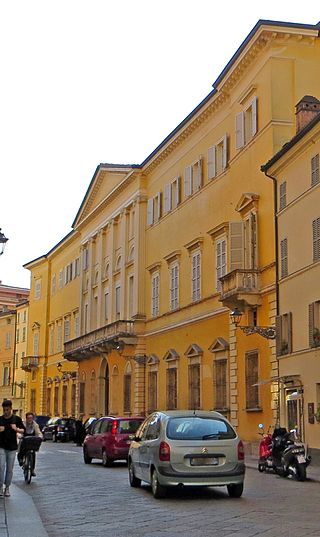
The Jewish presence in Reggio Emilia probably dates from the beginning of the 15th century. They benefited from the rather welcoming attitude of the local authorities. As the Duchies of Modena and Reggio remained independent when the Church took possession of the Duchy of Ferrara at the end of the 16th century, the Jews lived relatively free.
The ghetto was created quite late, in 1669. The Jews practised a wide variety of occupations, not usually limited to those permitted by the Church. The city also welcomed Jews fleeing the Spanish and Portuguese inquisition.
Although the city had nearly 1000 Jews at the beginning of the 19th century, this number gradually declined due to migration to the big cities and the victims of the Shoah.
The favourable reception and freedom allowed for development, particularly intellectual development with great Talmudic schools and activity in the cultural life of the city.

The synagogue of Reggio was restored in 2005. The city also has a Jewish cemetery , created in 1808, following the Napoleonic edict ordering the transfer of graves outside the city limits. Later, graves from the old cemetery were transferred to it.
Like the Père Lachaise cemetery in Paris, this cemetery is a piece of the city’s history. Among the people buried here are Rabbi Jacob Carmi, delegate to the Sanhedrin of Paris in 1806-7, Leopoldo Rava who fought in the War of Independence in 1867 or Senator Ulderico Levi, patron of the city.
At the Palazzo Carmi , where the State Archives are located, built by the family of the same name in 1849, the archives of Jewish life in Reggio Emilia can be found today.